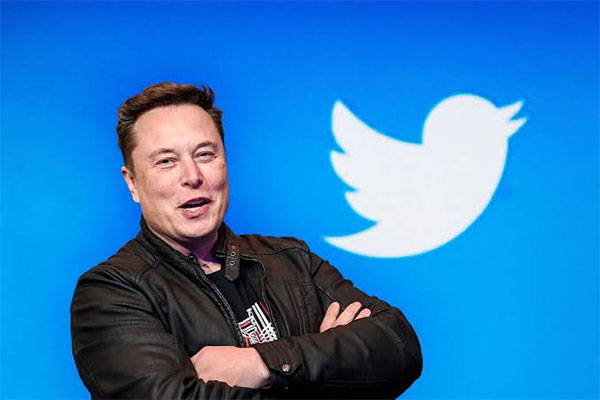According to several media reports and an investor in the company, Elon Musk has finished his USD 44 billion (£38.1 billion) acquisition of Twitter.
According to reports, the CEO and finance director of Twitter have resigned with immediate effect.
It puts an end to a legal battle that Twitter waged against Elon Musk to enforce the provisions of a takeover agreement that he had tried to elude.
Mr. Musk stated on Twitter that he was not interested in the platform for financial gain.
According to US media sources, Twitter’s chief executive, Parag Agrawal, and chief financial officer, Ned Segal, have left the organization.
The website of the New York Stock Exchange states that trading in the shares of the social media network will cease on Friday.
Mr. Musk claimed that he did so in order to benefit humanity and to create “a shared digital town square for civilisation.”
Let it sink in! was the caption on a video Mr. Musk posted earlier this week of himself entering Twitter’s San Francisco offices while carrying a kitchen sink.
He also altered the name of his Twitter account to “Chief Twit.”
Given the drop in the value of many Internet stocks and Twitter’s difficulties in attracting users and expanding its user base, many analysts claimed that the price Mr. Musk is currently paying for the business is excessive.
Twitter is “an asset that has just sort of languished for a long time, but has amazing potential, although obviously myself and the other investors are overpaying for Twitter right now,” the founder of Tesla noted on a recent earnings call.
Long path to agreement
Early investments made by Mr. Musk in Twitter at first went unnoticed by the public. He started buying shares on a regular basis in January, and by the middle of March, he had amassed a 5% ownership holding in the company.
He was identified as Twitter’s top stakeholder in April, and by the month’s end, a deal to acquire the business for $44 billion (£38 billion) had been made.
He declared he will eliminate spam accounts while maintaining the platform’s status as a place for free discourse.
But by mid-May, Mr. Musk, a frequent Twitter user, had started to have second thoughts about the purchase, expressing worries that there were more phony accounts on the site than Twitter had indicated.
He declared in July that he no longer desired to buy the business. Twitter countered that the billionaire was obligated legally to acquire the business.
Later, Twitter launched a lawsuit to enforce the terms of the agreement.
On the condition that legal procedures be suspended, Mr. Musk renewed his acquisition intentions for the firm at the beginning of October.
ahead of change
The revelation will be received with mixed emotions by Twitter users and staff because Mr. Musk, a self-described “free speech absolutist,” has voiced criticism of Twitter’s moderation rules.
Some users, especially those on the US right, claim that Twitter censors conservative viewpoints. Twitter refutes this claim.
Former US President Donald Trump is still prohibited from using the network, a decision that Elon Musk earlier called “foolish” and promised to overturn.
Others, though, worry that loosening moderation standards might encourage the spread of hate speech.
Mr. Musk stated that the platform needed to be “warm and friendly for everybody” and that it couldn’t turn into a “free-for-all hellscape” in a post addressed to Twitter advertisers.
Mr. Musk, who owns Twitter, was widely rumored to be considering significant personnel reductions. In a meeting with colleagues, the billionaire reportedly rejected plans to reduce his workforce by 75%, according to Bloomberg.
But it might becoming harder to work at Twitter. Employees should expect “high” work ethic expectations, according to a prior tweet from Tesla’s CEO.
The businessman has also stated that “X, the app for everything” is part of his aspirations for Twitter.
Some people speculate that this might be similar to the wildly popular Chinese app WeChat, a sort of “super app” that combines several services like texting, social media, payments, and food ordering.

